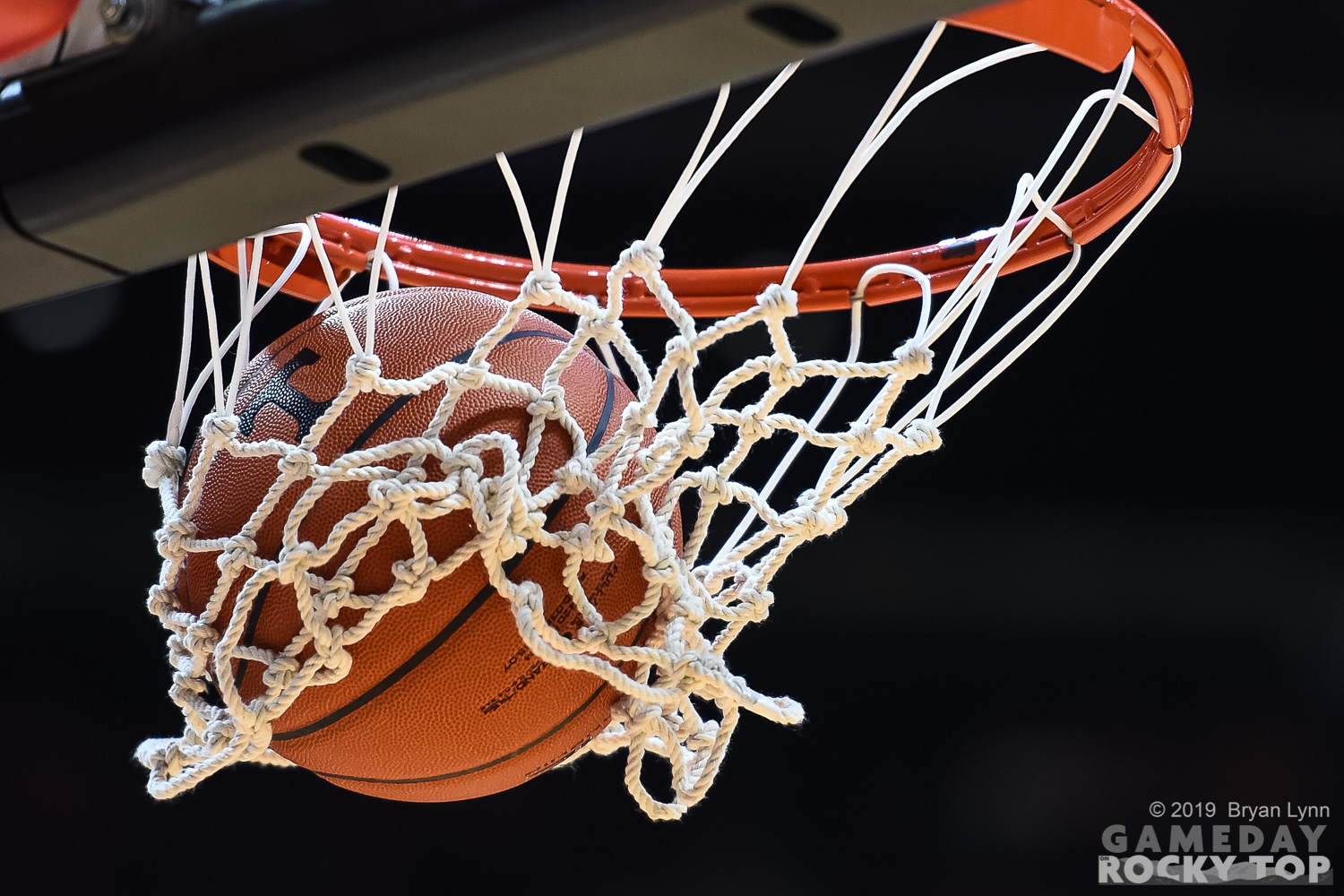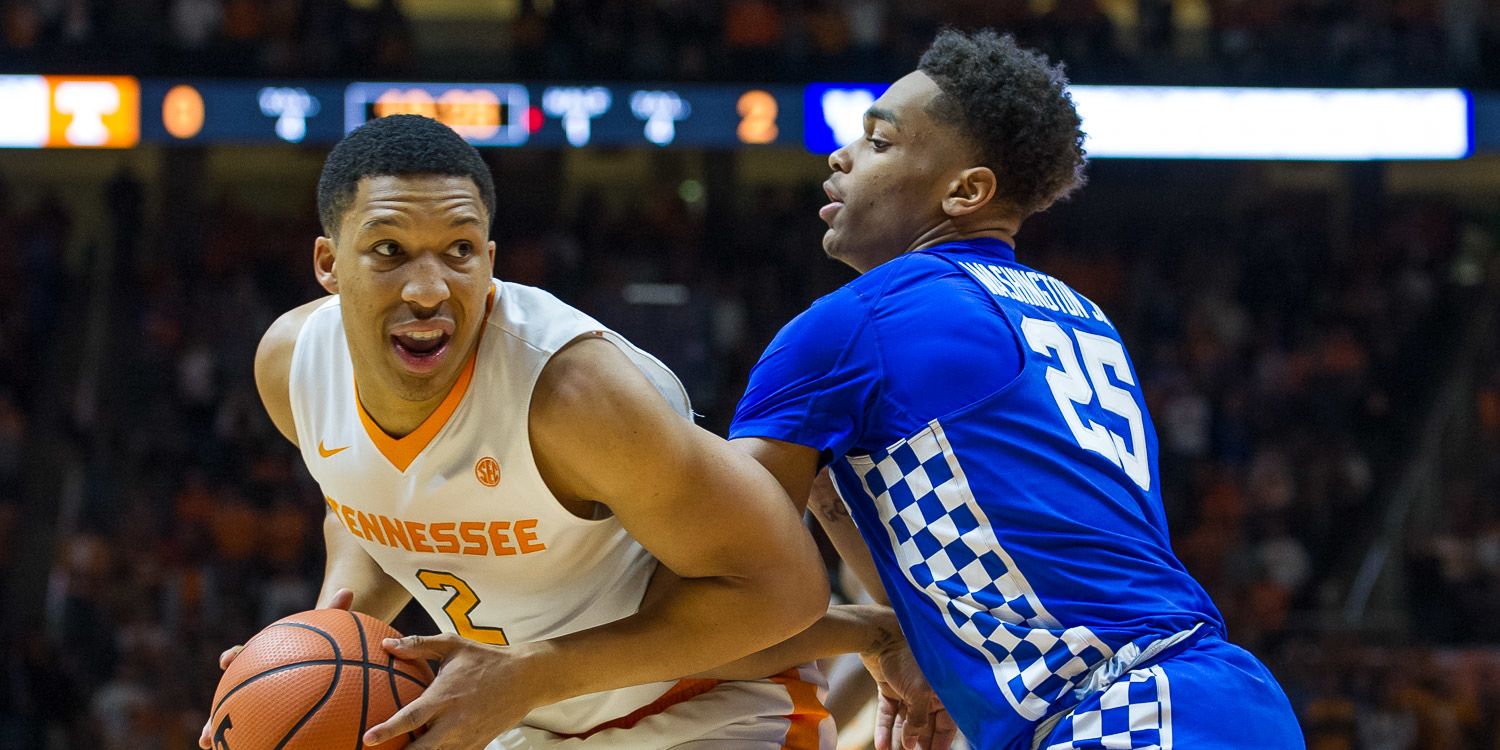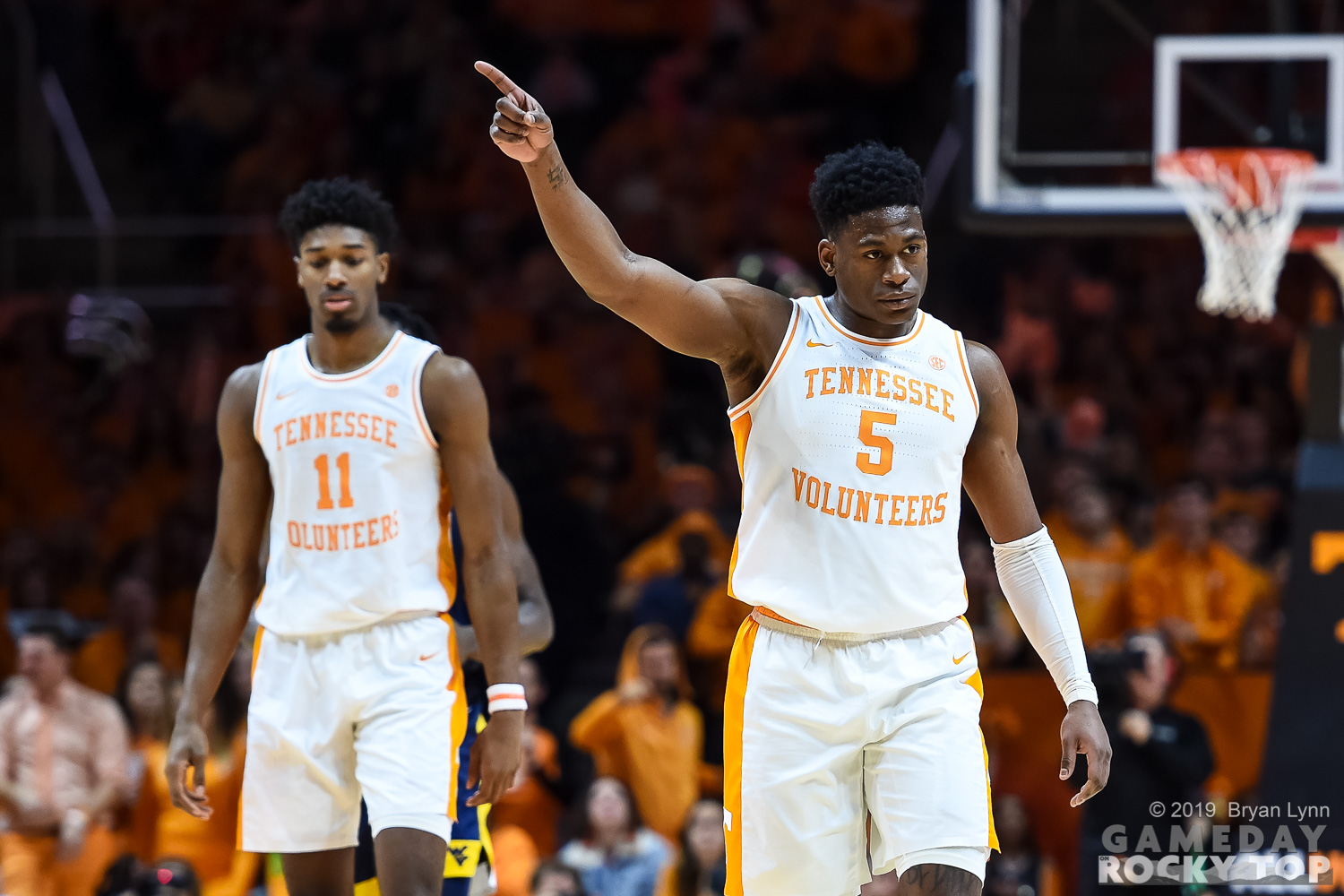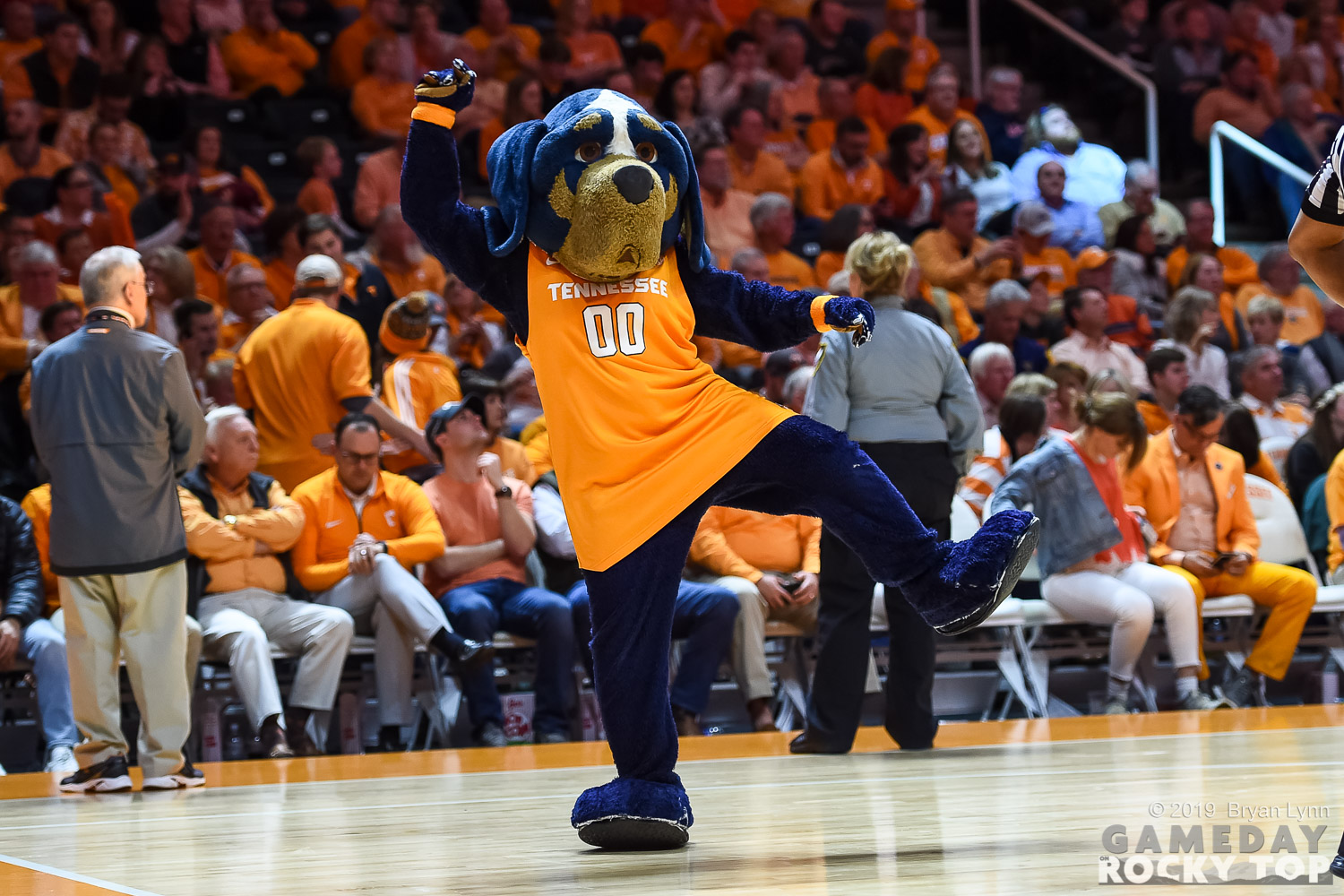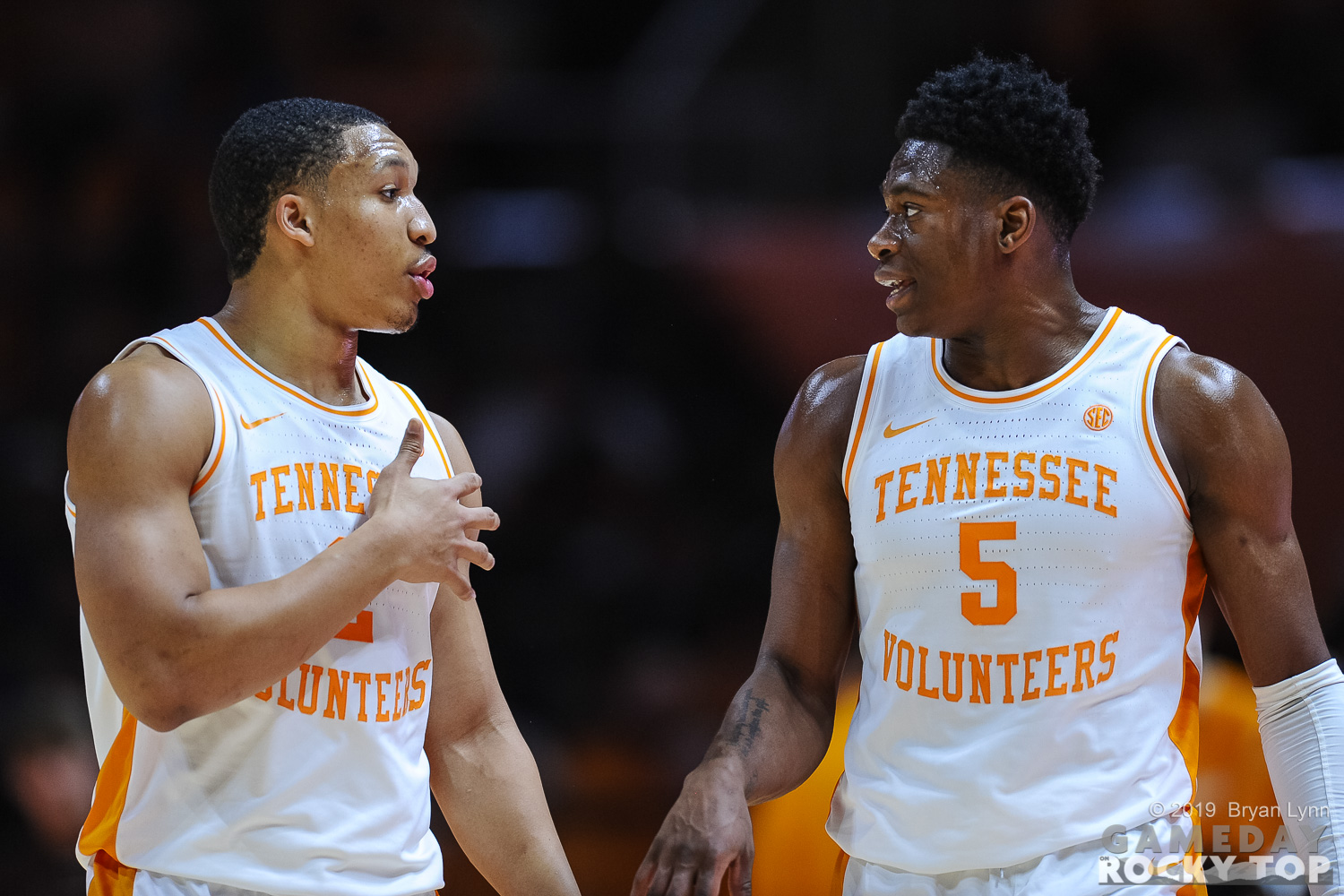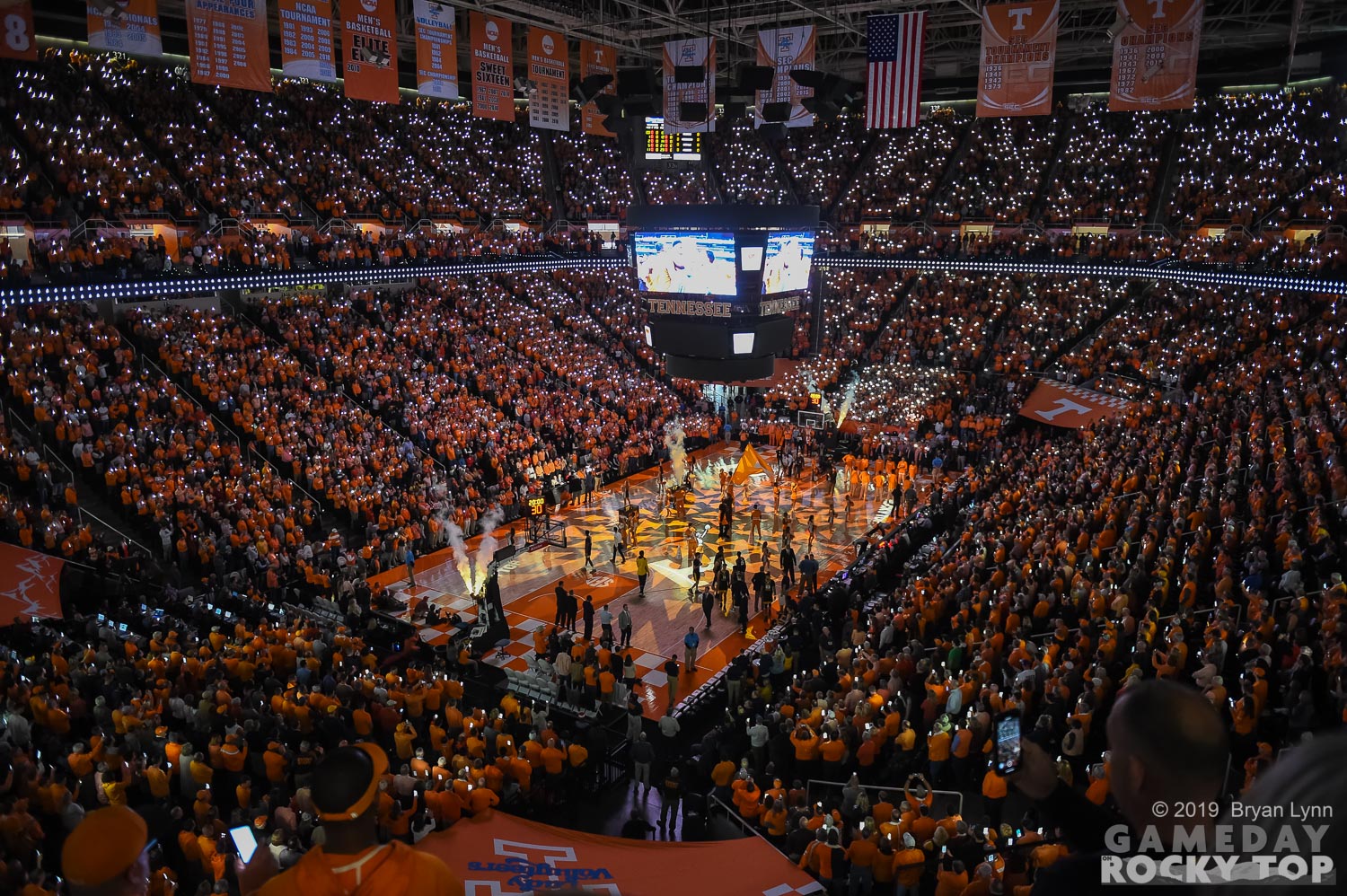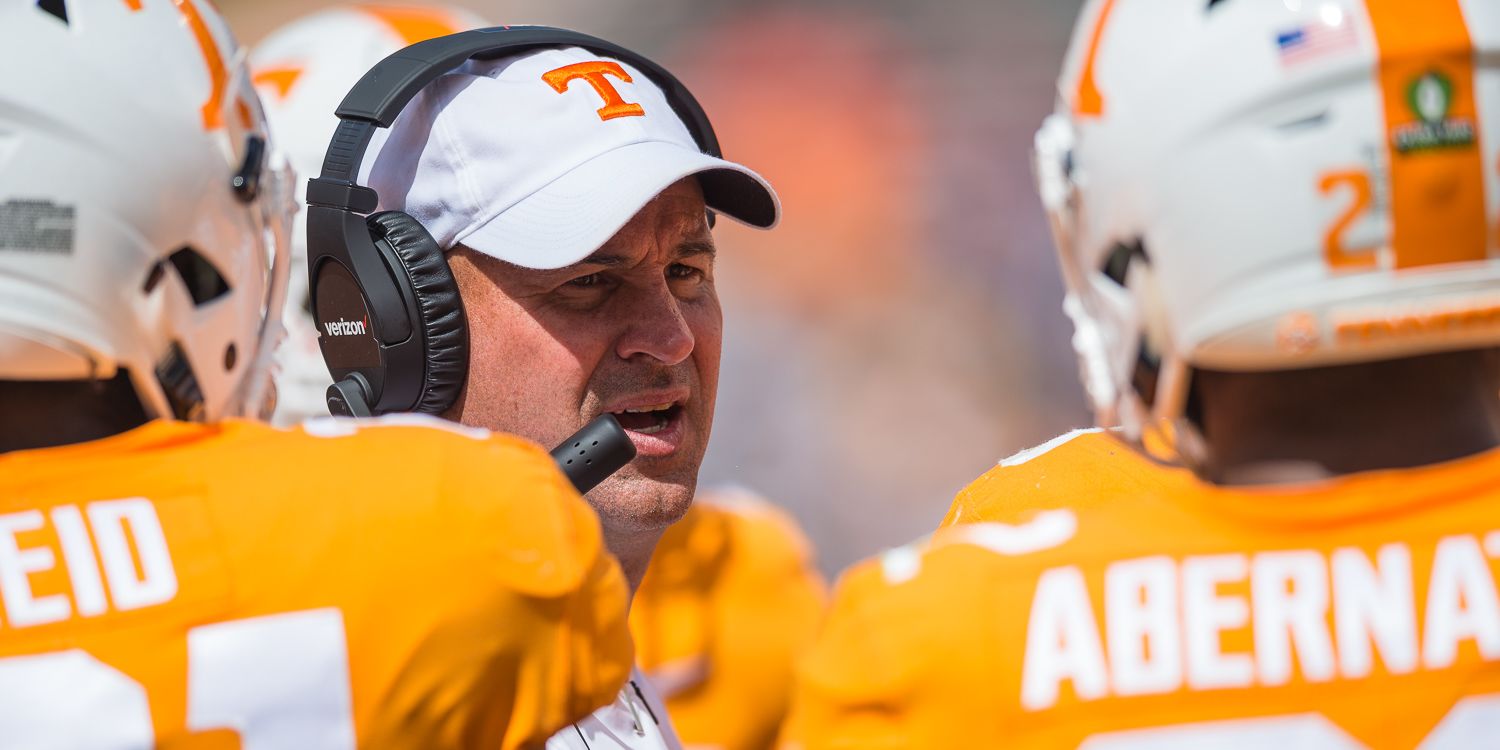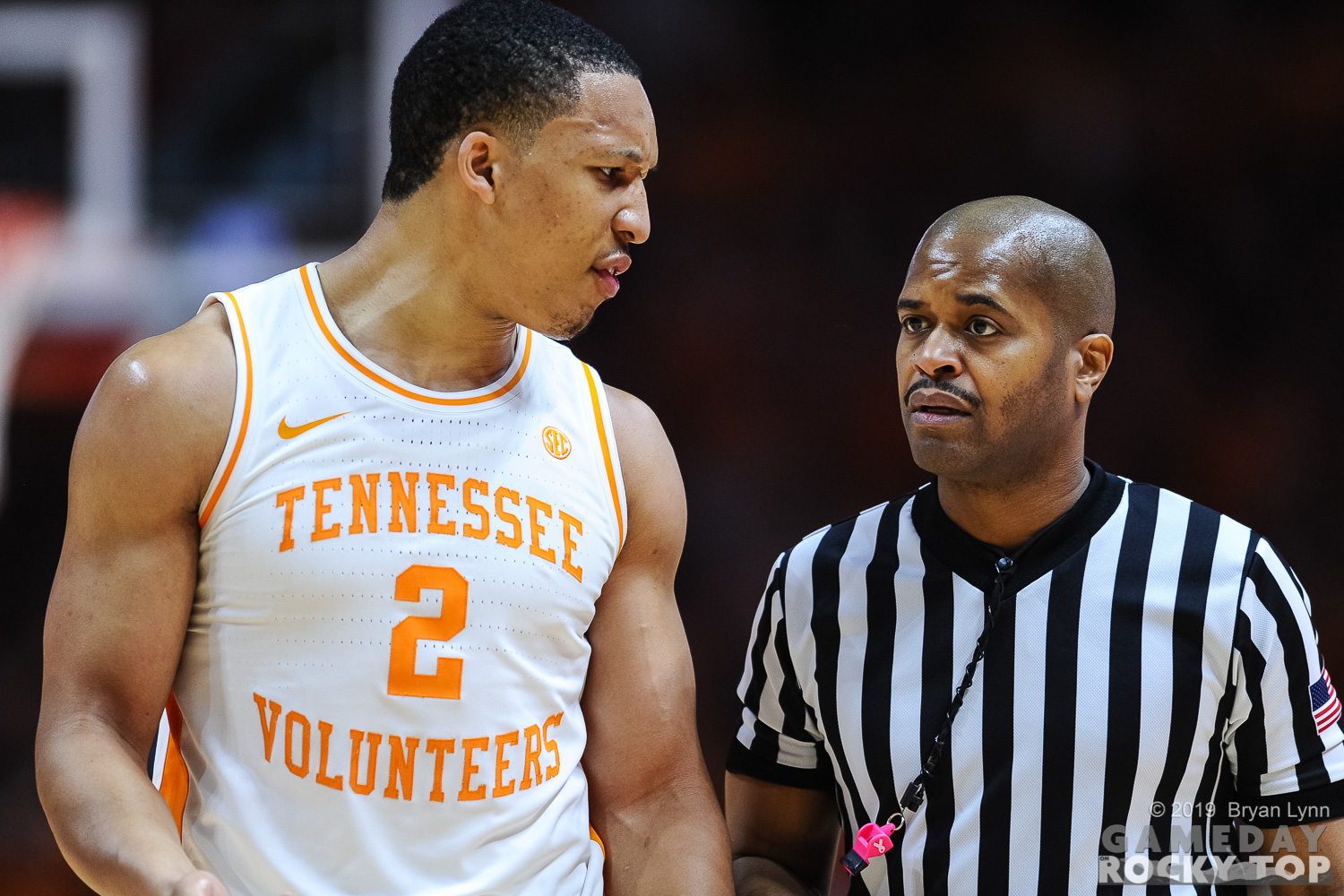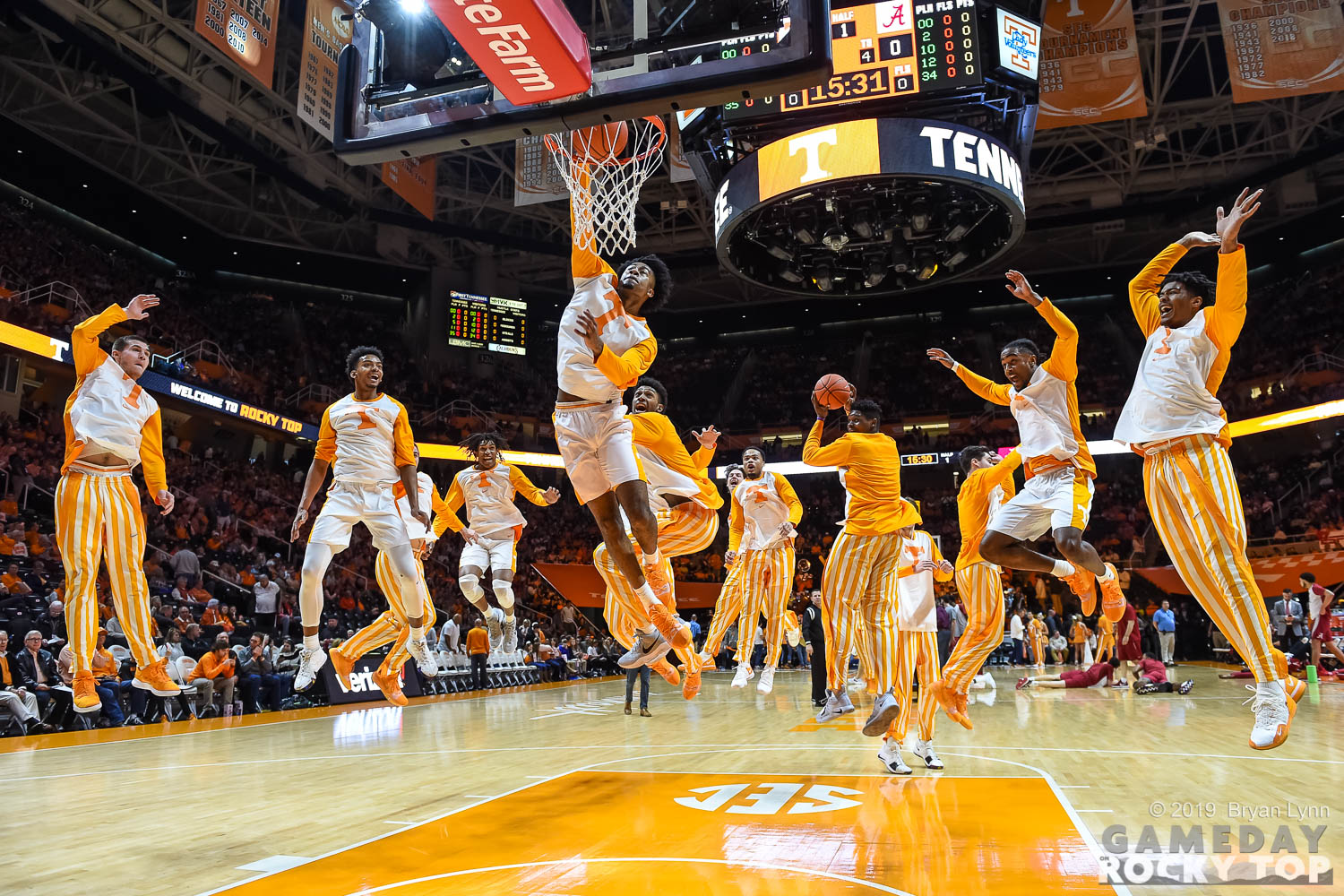The Vols will have to deal with some talk of the latter after this one. Its ultimate destiny will depend on how much it invests in the former.
The first half was pure violence, Kentucky six points ahead behind the work of P.J. Washington inside and Keldon Johnson outside. The Vols were out of their natural element, but still very much alive behind the work of Grant Williams, Admiral Schofield, and Jordan Bone.
The second half was the pendulum swing hard in officiating. But more than anything, Kentucky got a ton from its supporting cast: Reid Travis finished with 11 points and 10 free throw attempts, and Tyler Herro had 15 points and 13 rebounds. Meanwhile Lamonte Turner was 2-of-11, Jordan Bowden 1-of-7, and Kyle Alexander fouled out with the quickness.
Kentucky’s run to open the second half was shocking, pushing a six-point lead to 20 by the first media timeout. The Vols had only nine turnovers on the night, but three of them were in that four-minute span. Tennessee would get no closer than 11 from there.
We can go on with the words, but I’m not sure I have any to capture how physical this game was, and how often Tennessee was on the wrong end of it. Some of those words can go to the referees, but two things are clear: Kentucky was the aggressor, and the Vols have to be better than a tough whistle if they’re trying to win the national championship.
In context:
- Tennessee shot 40.7% from the floor, third lowest of the season
- The Vols took (settled for?) 25 threes, third most of the season
- Eleven assists is the lowest total of the year
- Kentucky shot 54.7%, the highest percentage the Vols have allowed this year
- Kentucky blocked six shots, the most the Vols have allowed this year
In fairness, I’d imagine it’s tough to run through the sort of schedule Tennessee has faced since Gonzaga – only two games (Florida) against teams in the KenPom Top 50 – and then turn it around to Rupp Arena. And I assume it’s still good news, but after Vanderbilt on Tuesday the Vols will play five consecutive KenPom Top 40 teams, including Kentucky again in two weeks.
But, at least on this night, concerns about Tennessee’s defense not being at a championship level were validated, and Kentucky’s defense disrupted much of what Tennessee’s offense loves to do. And the Cats were simply the tougher team, and deserved victory.
I don’t think Tennessee was exposed. We’ve seen too much from this team over two years to believe they are tougher and can defend better than what we saw tonight. Perhaps instead this was simply an education in what it takes to win against an opponent of this caliber in the most hostile environment we’ll face, especially after not needing those levels since December 9.
Tennessee has to keep getting better. And to beat Kentucky, or a team like that deep in the tournament, they have to be tougher.
Plenty of opportunity knocks between now and then.
